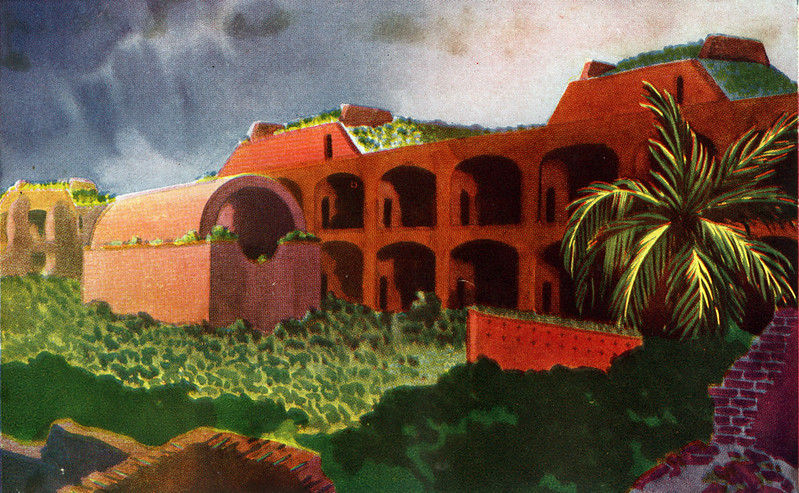August 6
- Florida Keys History Center

- Aug 5
- 2 min read

1901 – An election was held for bonds to improve the public schools, build an armory, repair the county courthouse and continue developing the county road. Only 200 of the 900 qualified voters cast their ballots, and all the issues were defeated.
1917 – The following Key West doctors and surgeons were called into the military for war service: J.Y. Porter Sr., J.Y. Porter Jr., J.N. Fogarty, Eugene C. Lowe, Harry C. Galey and C.B. Fogarty, dental surgeon.
1953 – The fourth and fifth cases of polio in Monroe County for the year occurred in a Navy man and his wife. They were diagnosed at the Key West Navy Hospital with “non-paralytic” polio.
1956 – A new Junior Chamber of Commerce club – the “JC’s” – was organized at Marathon, with attorney Ralph E. Cunningham, Jr. elected temporary president.
1962 – Monroe County doctors reported that the drug Thalidomide was not present or available in the Keys. The German-made tranquilizer had been used in other areas to combat nausea in pregnant women, with the result that some 50% of their fetuses developed abnormal limbs.
2010 – U.S. Senators John McCain and Tom Coburn put the renovation of Fort Jefferson in the Dry Tortugas on their list of “100 Stimulus Projects that Give Taxpayers the Blues.” The duo said the work would not create and sustain economic growth and that the fort was too remote for most visitors.
Information compiled by Dr. Corey Malcom, Lead Historian, Monroe County Public Library, Florida Keys History Center.
Image: A WPA watercolor painting of Fort Jefferson by Avery Johnson printed as a postcard. From the DeWolfe and Wood Collection in the Otto Hirzel Scrapbook. Monroe County Public Library, Florida Keys History Center.




